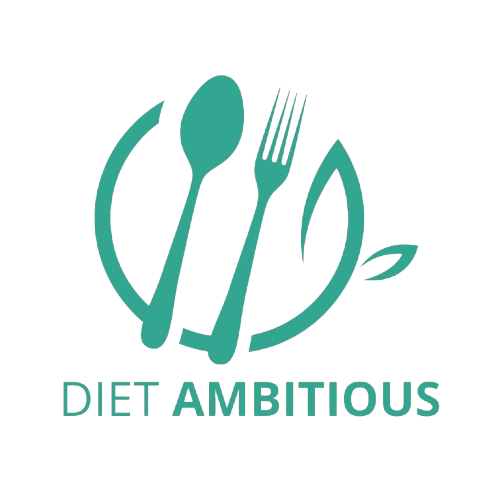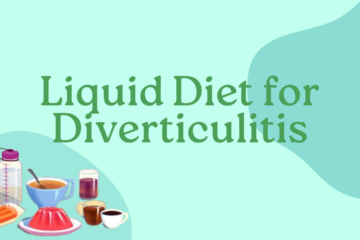The passage of stomach acid up your oesophagus is known as acid reflux. This may result in heartburn, an uncomfortable feeling of burning in your chest, or an unpleasant, acidic sensation in your mouth. A weaker oesophagus, known as gastro-oesophageal reflux disease (GORD), may be the cause of persistent acid reflux. These symptoms can be controlled by lifestyle modifications and treatment programs.
Acid reflux can occasionally indicate more serious underlying medical conditions, such oesophageal cancer. For this reason, it’s critical that you acquire an accurate diagnosis from your physician.
What’s the best diet for acid reflux?
As excessive cholesterol is associated with GORD, a diet reduced in sugar and fatty foods is essential for acid reflux. But since smoking and obesity can also promote acid reflux, a new eating plan will address your problems in multiple ways.
Eating smaller, more frequent meals and avoiding late-night eating are two other dietary tips for minimizing acid reflux. When you go to bed, you should also raise your head and chest, which you can accomplish by adding an additional pillow. This will lessen the possibility of stomach acid entering your oesophagus.
Meal Plan For Acid Reflux

Day 1
- Breakfast: Baked oatmeal with cinnamon, blueberries, and chopped pecans; leftovers can be stored in a casserole dish.
- Lunch: A Mason jar salad with quinoa, cucumber, edamame, shredded carrots, romaine, green onions, and chicken with a sesame seeds dressing; prepare two jars for the Leftover following day.
- Dinner: A burrito bowl with cheese, minced beef with mild taco flavor, brown rice, and pinto beans; Make enough for dinner on the second day.
- Snacks include avocado toast and apples with peanut butter.
Day 2
- Breakfast: Baked oatmeal leftovers.
- Lunch: Leftover salad from a Mason jar.
- Dinner: Prepare tacos with tortillas made of corn using the contents from the mexican bowl.
- Snacks include carrot vegetable and low-sugar Greek yogurt with blueberries.
Day 3
- Breakfast: Baked oatmeal leftovers; store any leftovers in the freezer for the following week.
- Lunch: A whole wheat bread turkey and cheese sandwich served with sugar snap peas and watermelon on the side.
- Dinner: Wild rice with roasted asparagus and herb-baked chicken; prepare enough for lunch on Day 4.
- Snacks include peanut butter-topped rice cakes and trail mix with almonds and dried fruit.
Day 4
- Breakfast: Banana slices and peanut butter on whole grain toast.
- Lunch: Wild rice, roasted asparagus, and leftover baked chicken.
- Dinner: Turkey chili; prepare extra for lunch on Day 5.
- Snacks include avocado toast, whole grain crackers, and a cheese stick.
Day 5
- Breakfast: Make a yogurt parfait by layering frozen or fresh berries with low-sugar Greek yogurt in two containers, allowing for leftovers on Day 6. Add sliced almonds and low-sugar granola on top when you’re ready to eat.
- Lunch: Turkey chili leftovers.
- Dinner: Tofu, beans, spinach, and soba noodles stir-fried; prepare enough for the sixth day.
- Snacks: Apple with peanut butter and hummus with little bell peppers.
Day 6
- Breakfast is a yogurt parfait made using leftovers.
- Lunch is a protein snack platter that includes carrot sticks, hummus, crackers, cheese, and an orange.
- Dinner will be stir-fried leftovers.
- Snacks: Trail mix with nuts and dried fruit; low-sugar Greek yogurt with banana slices.
Day 7
- Eggs, potatoes, lettuce, spinach, broccoli and mushrooms for breakfast; use any leftovers for the following week.
- Lunch consists of a whole wheat bread veggie sandwich topped with red onions, cucumber, greens, and hummus.
- Dinner will be brown rice, roasted broccoli, and baked ginger salmon.
- Snacks include a cheese stick, whole grain crackers, and a low-sugar granola bar.




